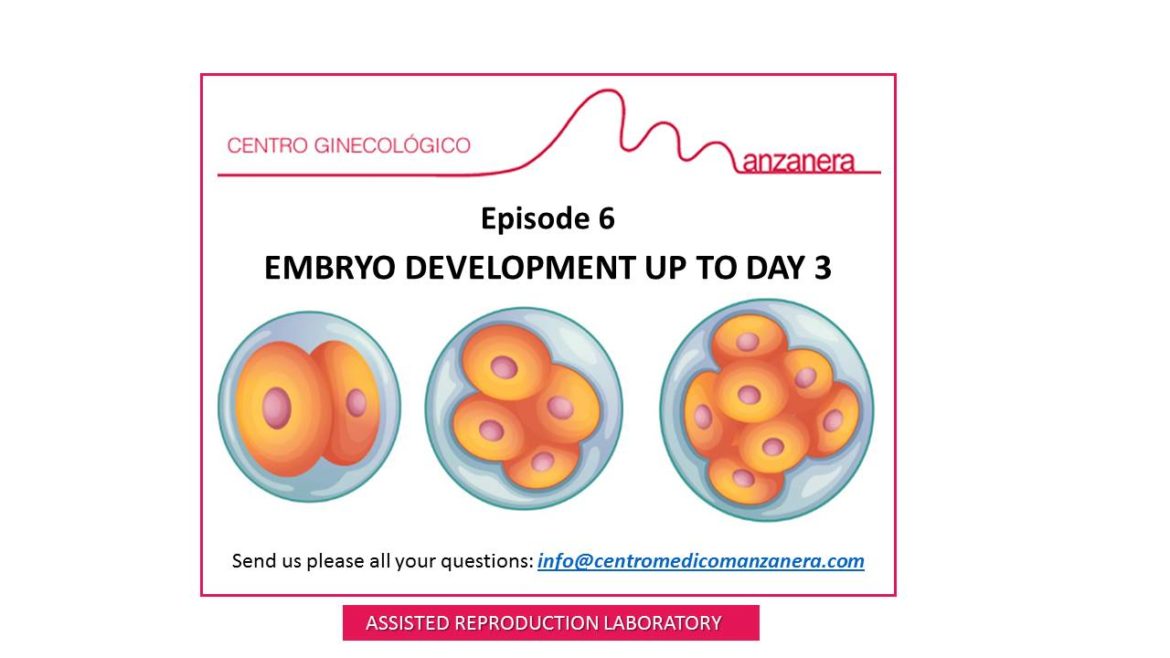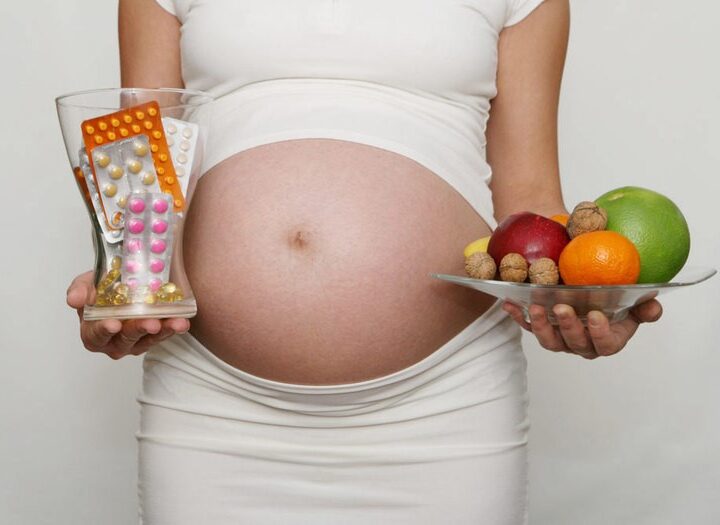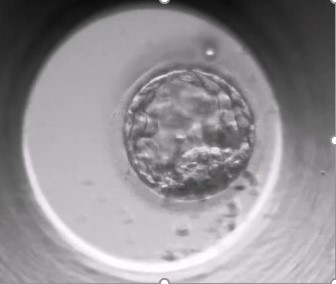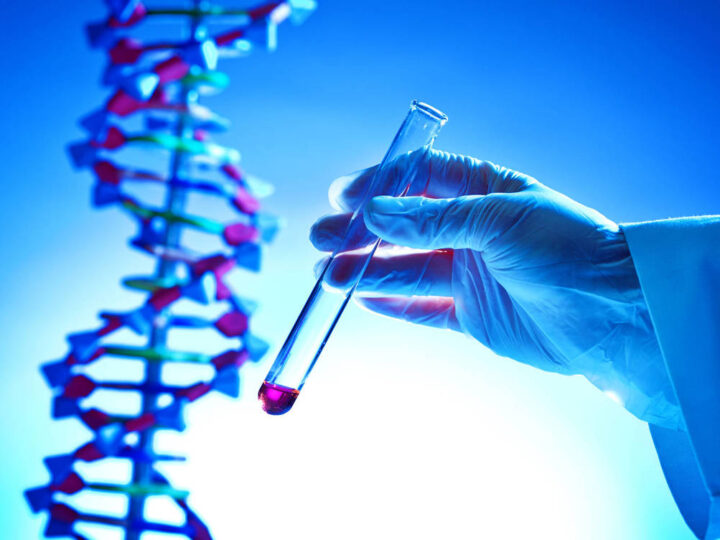
We continue the “journey” along the various processes that we carry out in the Reproduction Laboratory when we perform an assisted fertilization treatment (IVF / ICSI).
At this point, we have the fertilized eggs (zygotes) in the incubator.
The incubator is the “home” of the embryos for as long as they remain in the laboratory. This is the artificial way we have to achieve optimal conditions that allow embryos to develop outside the maternal body. For example, by controlling temperature, humidity and gas concentration.
The timer for this journey starts by the very moment when we set together the eggs with the sperm (chapters 3 and 4 of the miniseries). Beyond that “zero point”, the first relevant event takes place after the first 16-22h. As we saw in Chapter 5, at that point we make a first assessment to sort those eggs that have been fertilized from those that have not.
After this first screening, more hours have to pass in order to be able to assess how the embryos are progressing. Their development must go on and, to “grow”, they must start by dividing. That is, they will progress from being a single cell to having two, once the first division is completed. In turn, each of those two cells will divide again, resulting in four cells, and so on. In other words, the number of cells will increase exponentially.
But not everything goes. The embryo must observe the timing and have a “gradual” rhythm of divisions. A good embryo must have between 4 and 6 cells at 44-48 hours of development (what we consider as day 2) and between 8 and 10 cells at 68 hours (third day).
This rhythm of divisions in time (the “kinetics” of the embryo) as well as its morphological characteristics (symmetrical cells, any fragment or “piece” outside the cells …) is what will allow us to classify the embryos.
So, we will classify the embryos into four categories: Type “A” and “B” are the good quality embryos, those of type “C” will be medium quality embryos, and those type “D” will be poor quality embryos. We will discard those “D” embryos, which will not be taken into consideration any more.
The Manzanera Medical Center has more than 40 years of experience in the field of assisted reproduction and fertility treatments, so we are at your disposal for any questions that may arise.
Contact us by sending an email to: info@centromedicomanzanera.com
or filling out the following form https://www.centromedicomanzanera.com/en/formulario_en/
Have a nice day!
María Pombar Gómez
Embryologist
IMAGE: Modified from Blueringmedia for Vectorstock




